Below, read a day in the life of Captain Peter Giese, a Puget Sound Pilot, and get ready for the upcoming Pilot Exam from the Washington State Board of Pilot Commissioners!
“It all starts with a call from dispatch with my job assignment details. Let’s say I’m assigned to reposition myself out to the pilot station to be available for inbound ship traffic expected later that day. I drive from Seattle out to the pilot station in Port Angeles. The pilot station is where pilots prepare, eat and sleep when on call awaiting their next inbound ship assignment – like firemen on call at a fire station. I’m assigned to bring in a ship coming in from Ningbo, China and estimated to arrive Port Angeles at 1:00 in the morning.
The ship is headed to Pierce County Terminal in Tacoma and expected to arrive there at 6:30 a.m. So, I hit the rack to get some sleep until my wake-up call at midnight.
I get up and first verify there was no change to my ship assignment and then start prepping, including calculating tides, currents, checking weather conditions and status of tugs, the second pilot and harbor congestion in Tacoma. After that, I get my backpack ready with all my navigation info and equipment, don my float coat and helmet and head out. It’s dark and bitter cold as I walk down the ramp to the pilot boat. A full moon might make the whitecaps on the waves more visible than normal this time of year, which is a welcome contrast to the usual dreariness of a cold winter’s night assignment.
I board the pilot boat and we head out to my ship first. The swell is moderate and water a bit choppy – pretty good conditions for this time of year! As the pilot boat approaches the ship and starts coming up alongside, I head to the boarding platform, secure my gear and position myself for jumping onto the pilot ladder. I cast a keen eye over the Jacobs ladder to quickly assess the condition of the manila rope and wooden treads for any obvious risk of malfunction. I look up at the crew peering down and waiting to assist me aboard.
With a deep breath and well-timed jump, I launch myself from the pilot boat onto the Jacobs ladder. I start climbing up while the pilot boat stands by in the event the ladder breaks or I fall and need to be quickly recovered from the water.
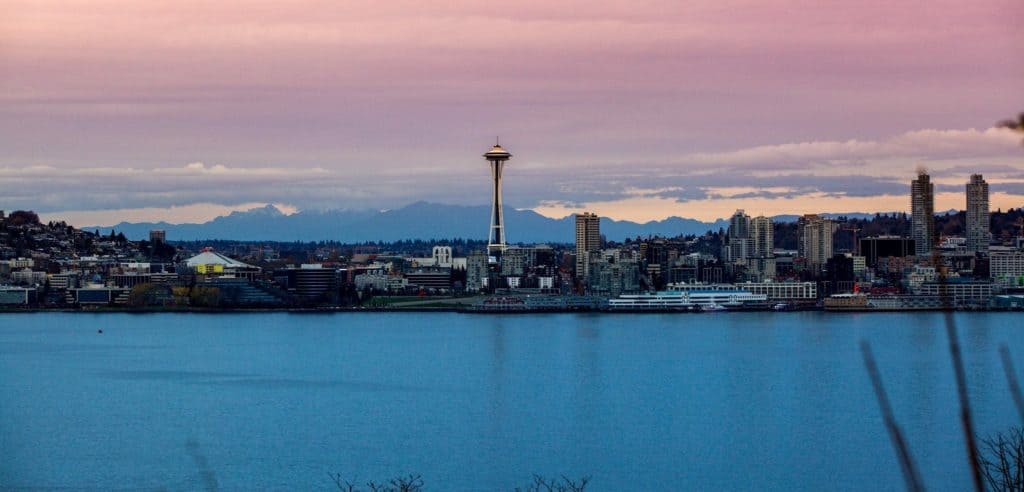
After the multi-story climb up the side of the ship, I’m finally safely aboard. The crew quickly leads me to the bridge and ship’s captain. We conduct a master-pilot exchange, a formal conversation to exchange essential information about the ship, its equipment, its location, condition and everyone’s role on the bridge, before I take the con as pilot.
The purpose of the master-pilot exchange is to verify what is in good order and compensate for any deficiencies, including equipment and crew. The bridge team’s vigilance, coordination and English language capabilities are critical to safe transit, especially in pilotage waters.
During this particular assignment the helmsman misinterpreted some of the rudder commands and courses given, so I direct the Captain to replace the helmsman with their very best. As always, I diligently verify all commands, engine orders and notices to reduce speed by observing and checking the instrumentation on the bridge. Other than routine radio calls to check in with nearby vessels and the Coast Guard, the first four hours piloting through the main shipping channel are smooth sailing with no pleasure boat traffic in light swells and light winds.
As I see Elliott Bay emerging on the port side and the Seattle city lights reflecting onto the water, I give an order to the mate on watch to reduce speed. This will minimize the ship’s wake while passing Alki Point, Vashon Island and other wake sensitive areas on the way to Tacoma. Another hour or so and I see Commencement Bay coming into view.
Three tugs approach, one of which has a second pilot onboard that will be boarding my ship to assist in navigating the 5,400-TEU vessel into the narrow Blair Waterway, which ranges from 700 feet wide to 450 feet at the goal posts where the 11th Street bridge was removed.
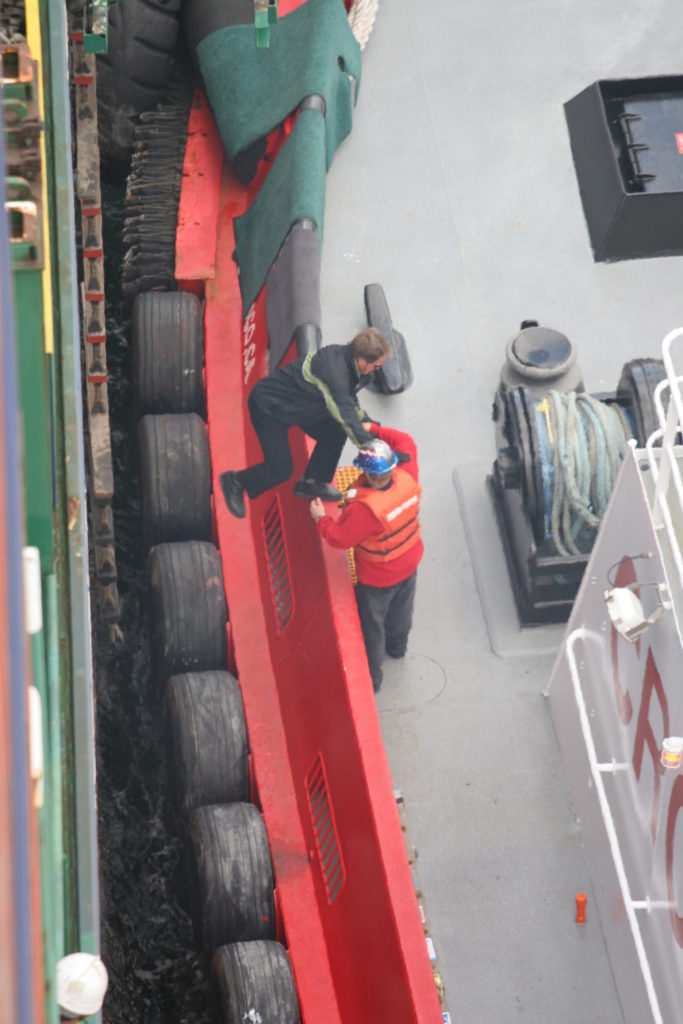
Puget Sound Pilot, Captain Peter Giese, jumps from a ship to a waiting tug. Photo courtesy of the Puget Sound Pilots.
Although the 935-foot long, 131-foot wide, 42-foot draft vessel is not nearly as big as many of the other ships I handle, it is a challenge threading the needle with vessels at berth on both sides of the waterway.
I make keen observations of all conditions. I note the smoke coming out of the mill is taking on an unfavorable horizontal angle. In other words, there will be a strong gusty crosswind while trying to keep the ship aligned going up the waterway. This is when the adrenaline starts pumping.
Concurrently, the second pilot boards, coordinates the tugs to put their lines to ship, and appears on the bridge. We have a quick exchange to organize our roles. The second pilot will be taking the con and I will be assisting with an information feed which includes handling communication with waterway traffic, the Coast Guard vessel traffic center and addressing any waterway obstructions.
I take a quick inventory of what I see. There is a 983-foot long, 6,500-TEU ship on the starboard side being unloaded with 3 cranes boomed down across the ship and extending beyond its 131-foot beam. On the port side there is a ro/ro ship loading tractor-trailers aboard for its weekly service to Alaska. Tied up alongside are a tug and fuel bunker barge with an oil containment boom floating around its perimeter – further constraining the waterway. Up the waterway is a big 10,000 TEU ship, 1,145 feet long with 150-foot beam and 42-foot draft berthed alongside the starboard side and our berth destination two miles up the waterway.
Many of the captains we ride with have told us this is one of the narrowest waterways a vessel of this size goes anywhere in the world. We will need to be at the top of our game to pass safely with the strong gusty crosswind in this narrow waterway.
Now it’s time to thread the needle. The tugs are critical for maneuvering the ship up the waterway and alongside the berth. The aft tug acts as a brake to retard the ship’s momentum, as we need to keep the propeller moving and maintain steerage of the ship. The other two tugs will alternately pull or push to mitigate the wind and hydrodynamic forces that come into play as we make our way up the waterway that narrows to an available width of 330 feet as we pass alongside the 10,000-TEU ship.
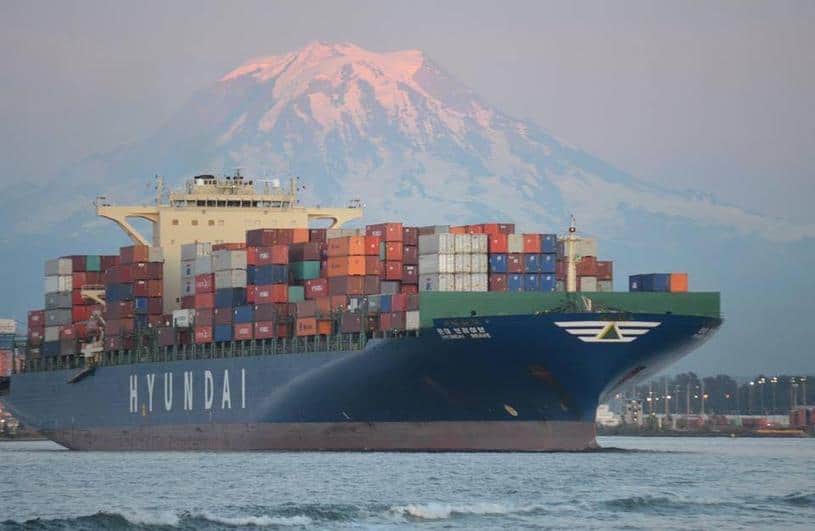
As the bow of our ship comes into the shadow of the 10,000-TEU ship at berth, it temporarily blocks the force of the cross wind and commands are given to ease the power of the tugs on the bow while we maintain counteractive tug power on the stern. As we continue to pass, the wind will be almost fully blocked and it will be critical that we precisely adjust the tug power as the bow is exposed to the wind again. This is where the art of being a pilot really comes into play – finessing the forces you can control, the ship and tugs, versus the forces you can’t control, the wind.
Concurrent with the tug commands, I am giving the second pilot support – confirming helm commands, engine orders and providing a constant flow of information. Using my PPU (Personal Pilot Unit), I validate distances in feet, vessel speed, rate of turn, course over ground verses ships heading and providing all relevant visual observations. A PPU looks like a typical laptop computer but is a sophisticated and specialized piece of safety equipment that provides a multitude of piloting navigation information at a glance.
As our bow emerges from the shadow of the ship and the sail area is again exposed to the force of the cross wind, the second pilot dramatically increases the power of the tug to counter balance the force of the wind. During this critical point in our final approach we make a dynamic 43-degree rotation of the ship from the channel azimuth of 133 degrees to the dock azimuth of 90 degrees while berthing the ship.
As we are rotating, we are slowing and positioning the 983-foot ship alongside 1,100 feet of available dock space at Berth B. I stop feeding information so the second pilot can fully focus on this extremely critical stage of the vessel maneuver. The tugs are at a heightened ready state to immediately respond to any toward or away from the dock commands from the second pilot. The shoreside linesmen are at the ready to receive the lines from the ship’s crew and secure the vessel to the berth. There is no margin for error with ships, cranes, docks and people at risk if anything goes wrong.
Once the ship is in position and all fast to the dock, the gangway is dropped, and the tugs let go, we exchange thanks with the captain and pass along shopping opportunities to the crew. As we head to the gangway we make our way past customs, immigration and longshoremen as they board the vessel. We hop in the terminal van to be shuttled to the gate and feel satisfied with another safe landing and a job well done! Then I check my phone app to see what the next assignment looks like and the cycle starts over again.”
– Written by Linda Styrk, Executive Director for Puget Sound Pilots, and based on the life of Captain Peter Giese, a Puget Sound Pilot. This was originally published in Pacific Maritime Magazine.
Seek a Career with Adventure, Opportunity and Challenges
Just like the pilot who wrote the story above, more opportunities exist to have a dynamic career on the water, navigating large ships to and from Washington ports. You are in luck! Puget Sound and Grays Harbor are seeking Pilot trainees to enter their prestigious pilot program.
The exam will be held November 5, 2018 in Seattle, WA. To find out if you qualify, review the entire list of requirements for the Washington State Pilot Exam
Even if you don’t qualify now, you can get started on preparation for the next exam. The Washington State Board of Pilotage Commissioners has provided a free resource to get you on course to achieve your dream of becoming a pilot in Washington State. Find the material here.
Questions?
Women Offshore Contributor Sheila LaFleur has partnered with the Washington Board of Pilotage Commissioners to provide more information to prospective candidates. Please contact Sheila at [email protected] with your phone number and any relevant information about yourself. Sheila will personally call you back.

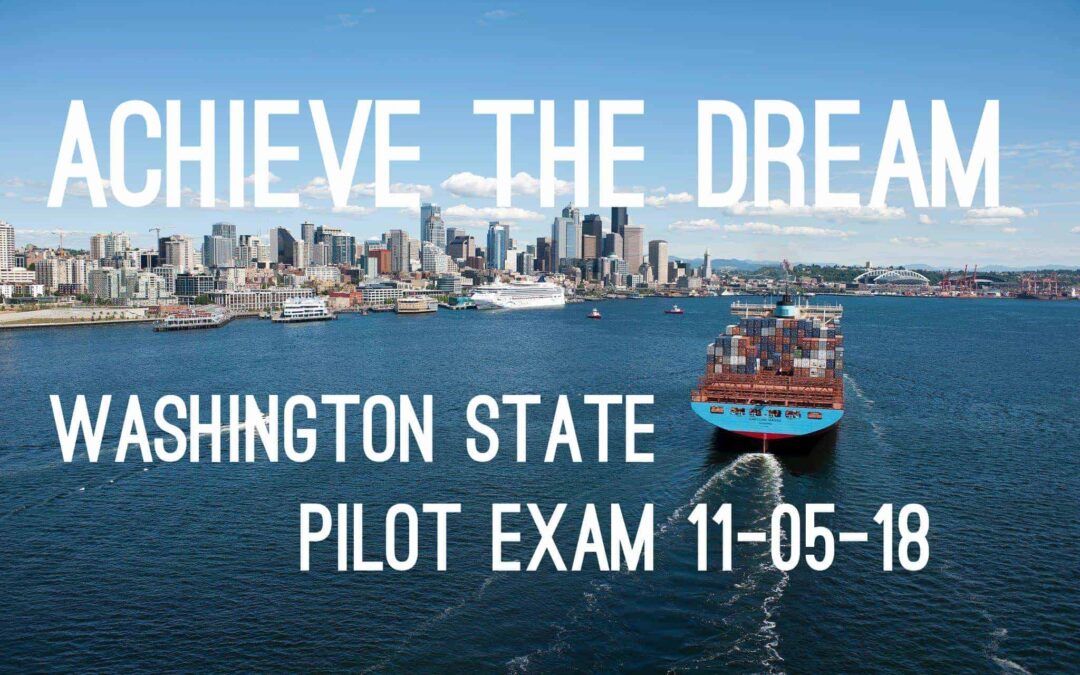
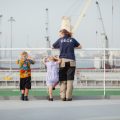

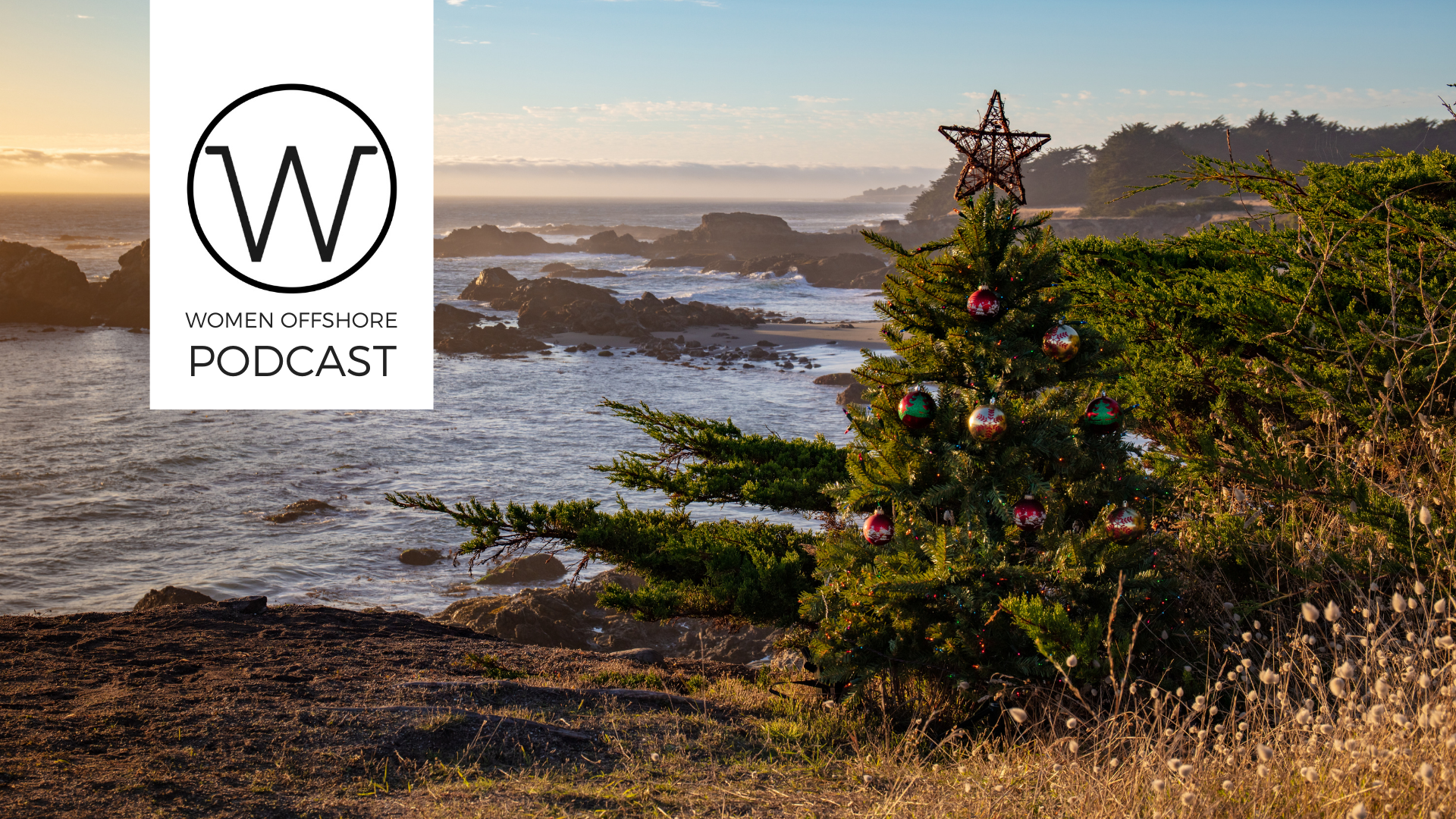
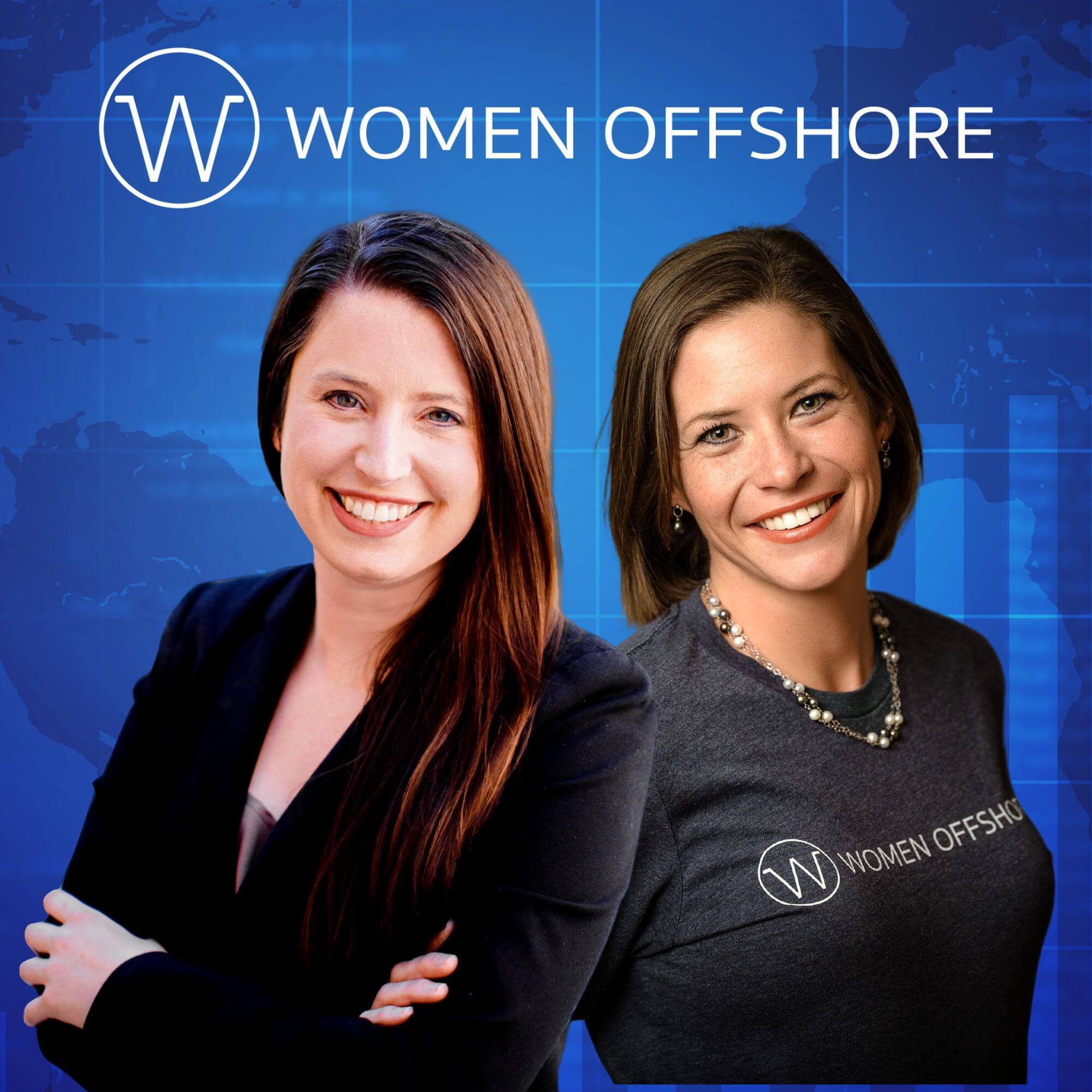

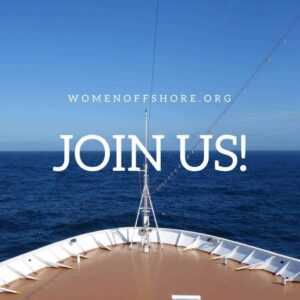
Recent Comments